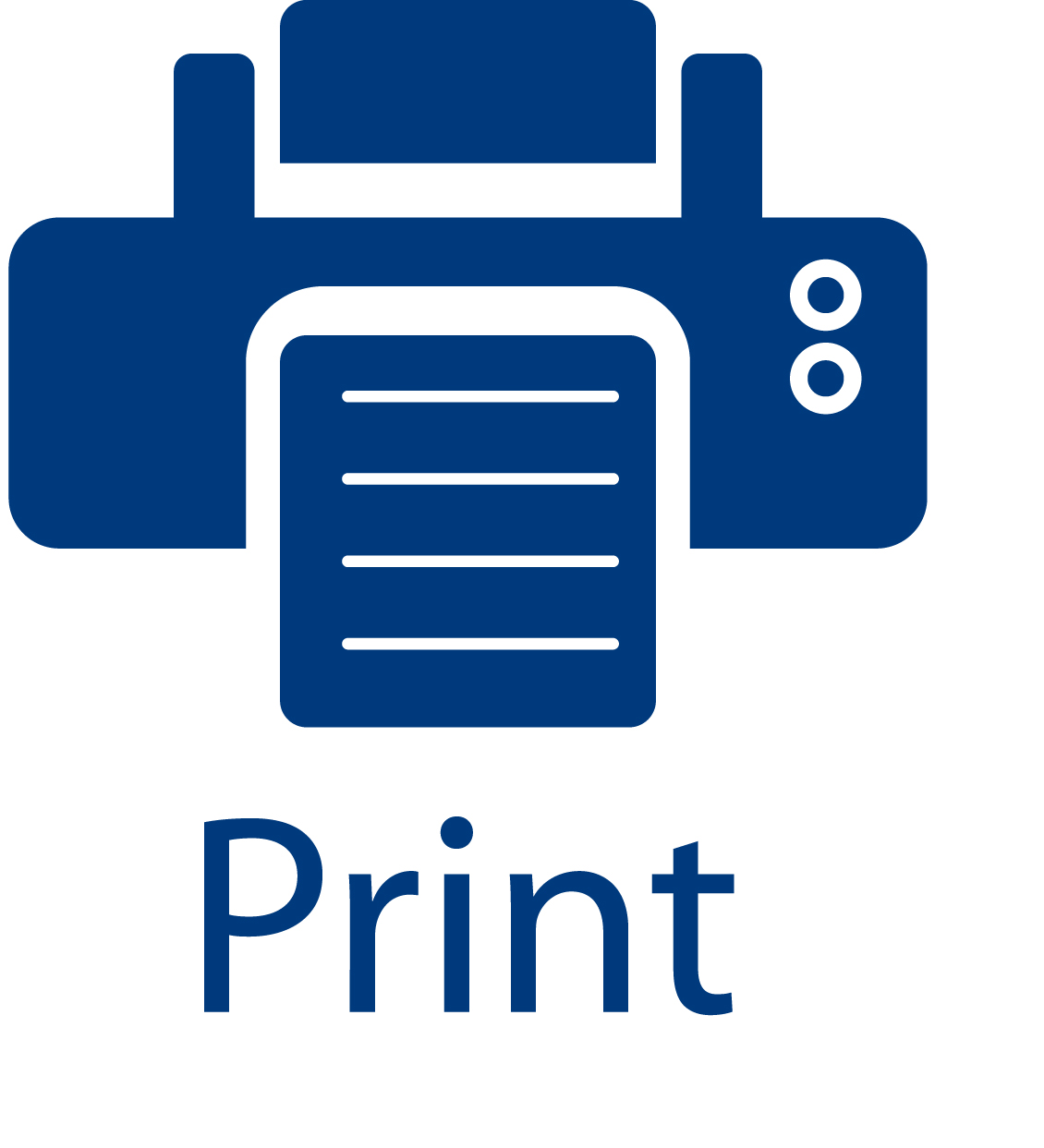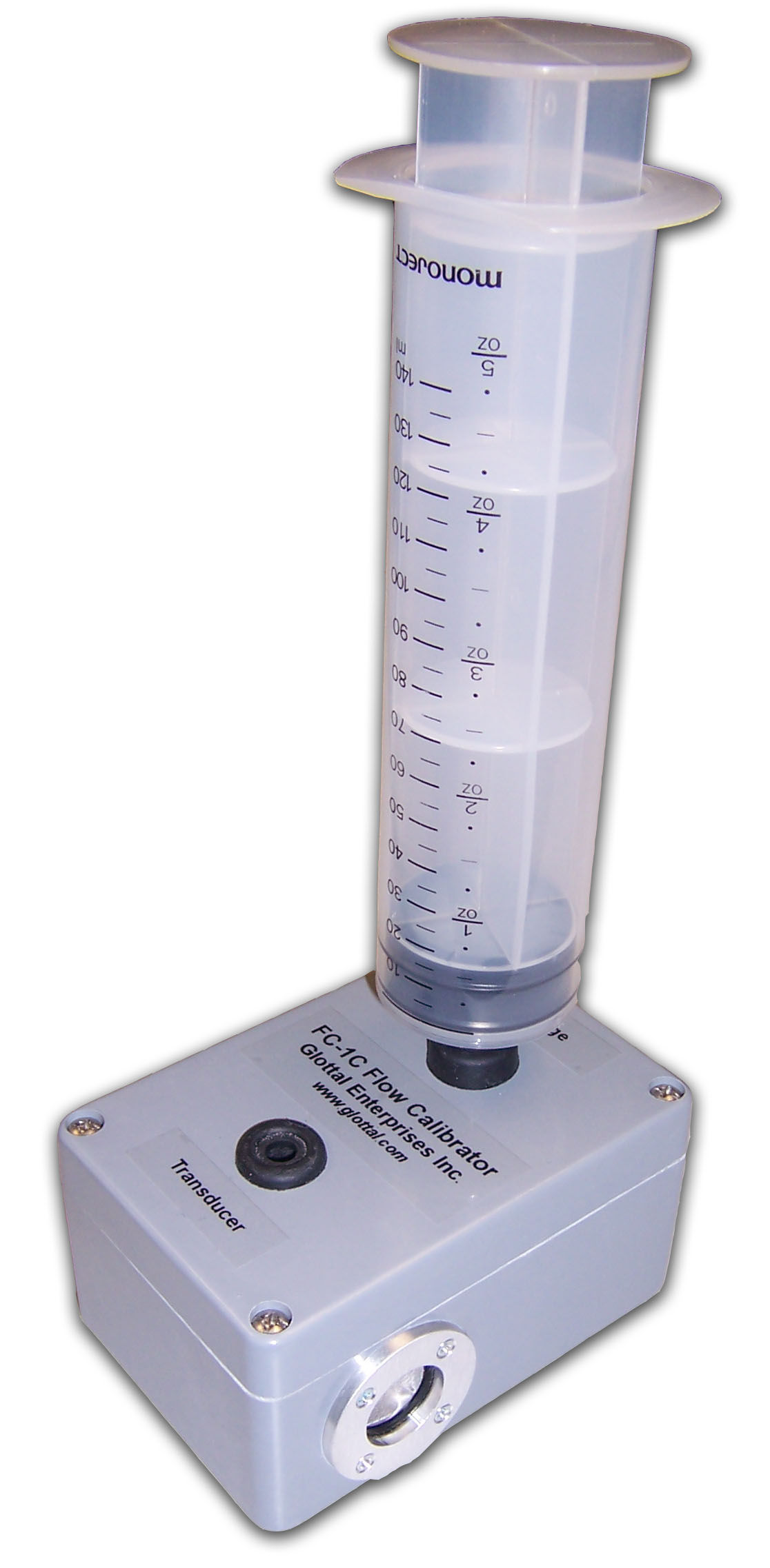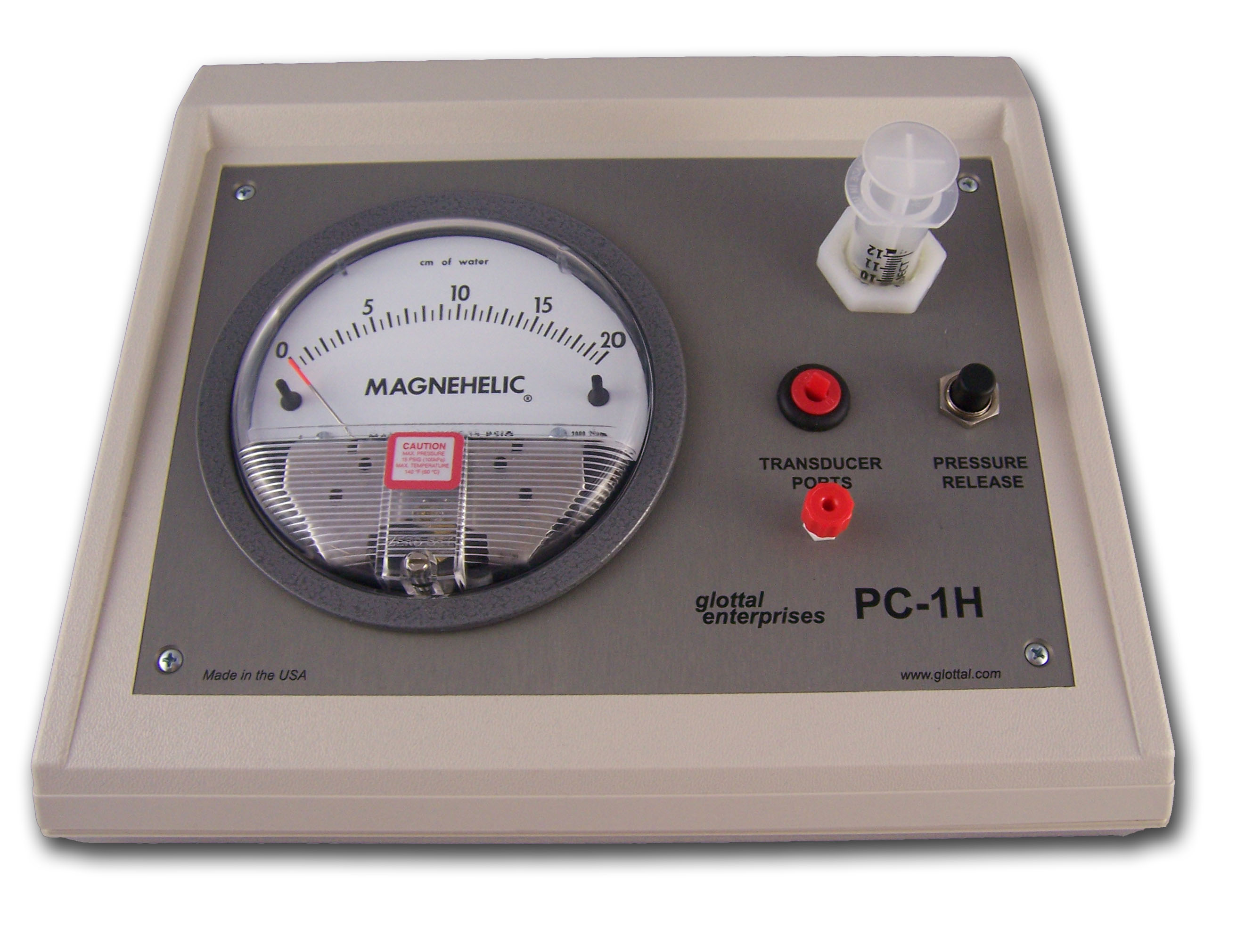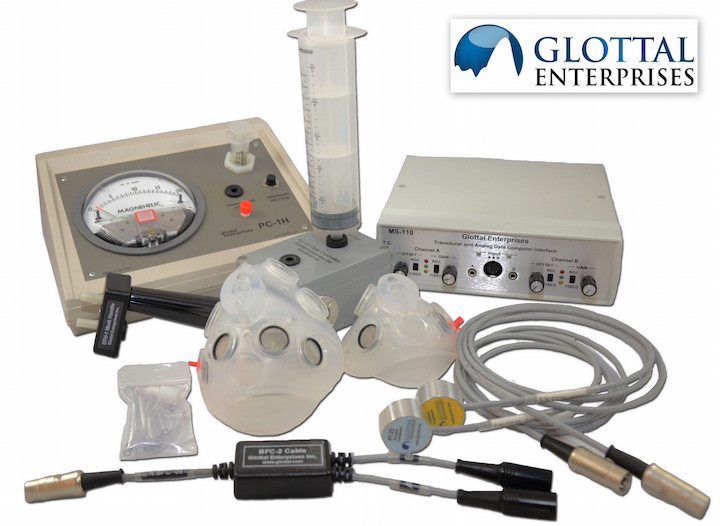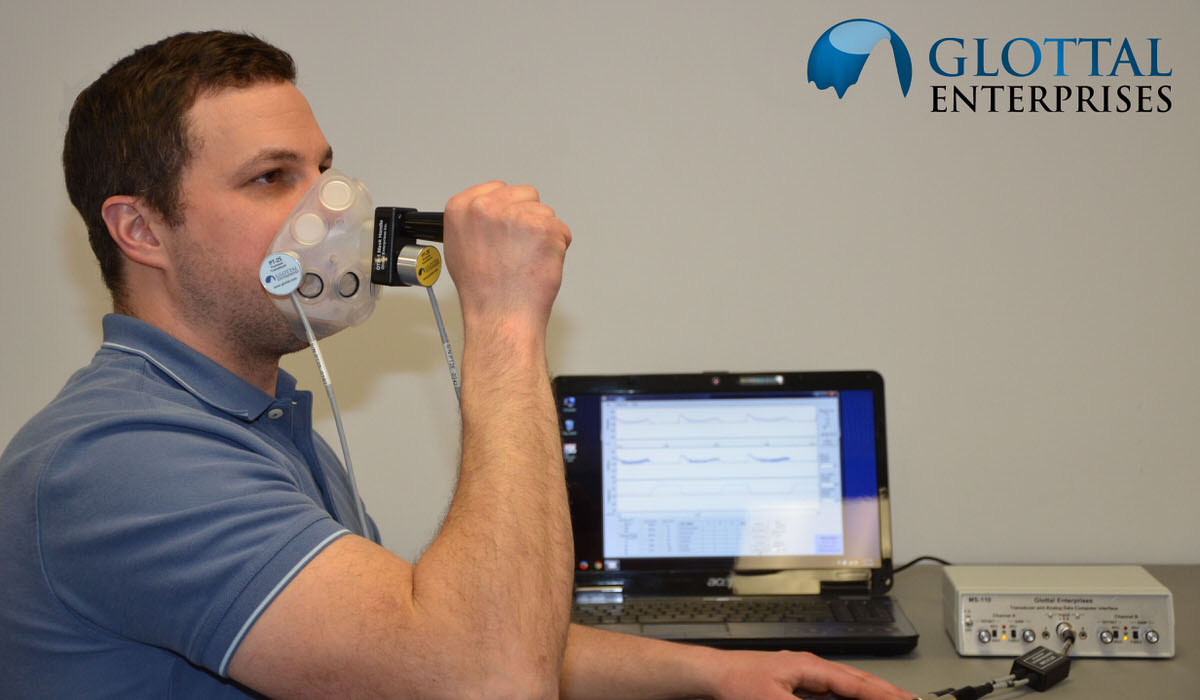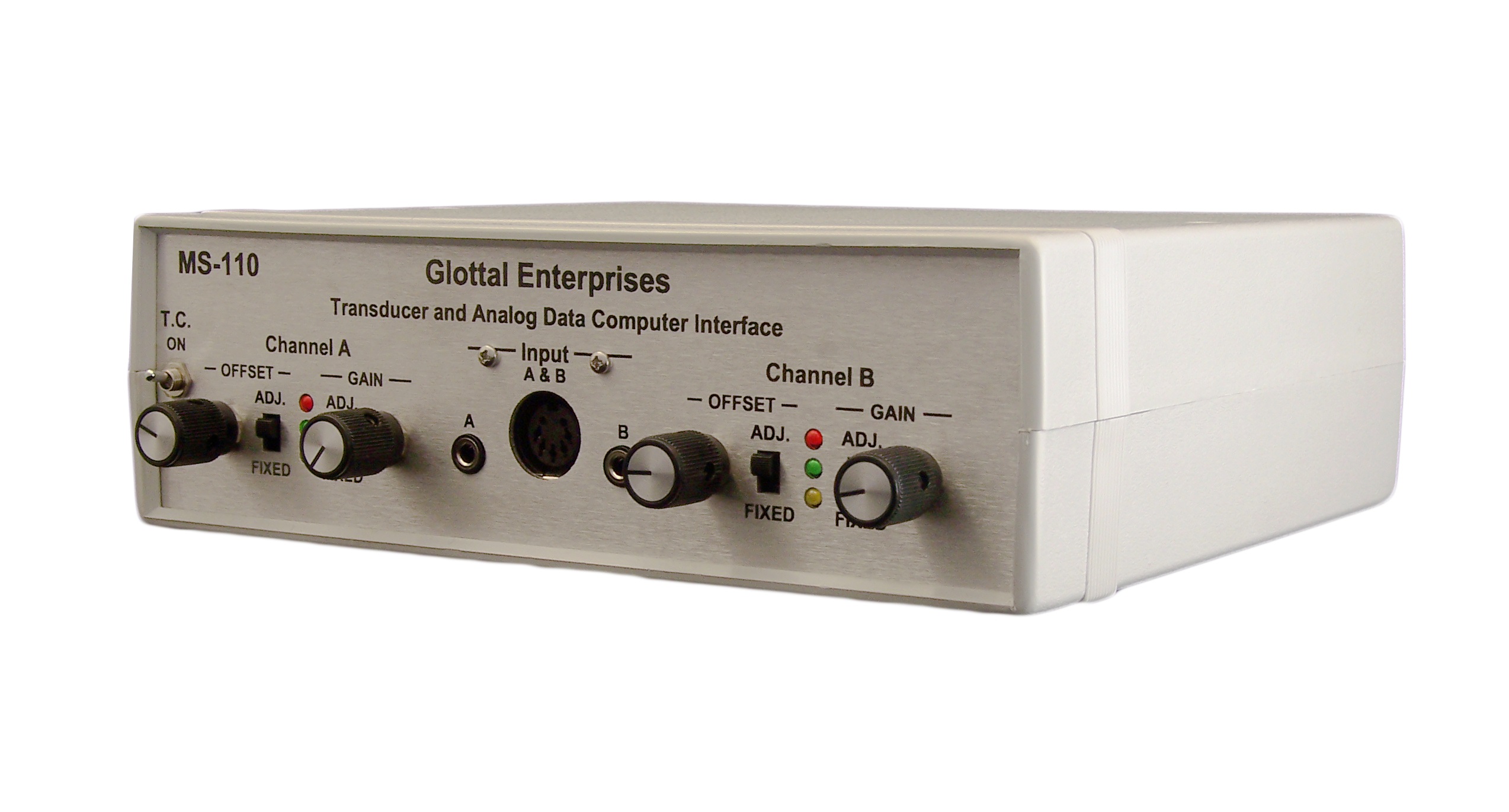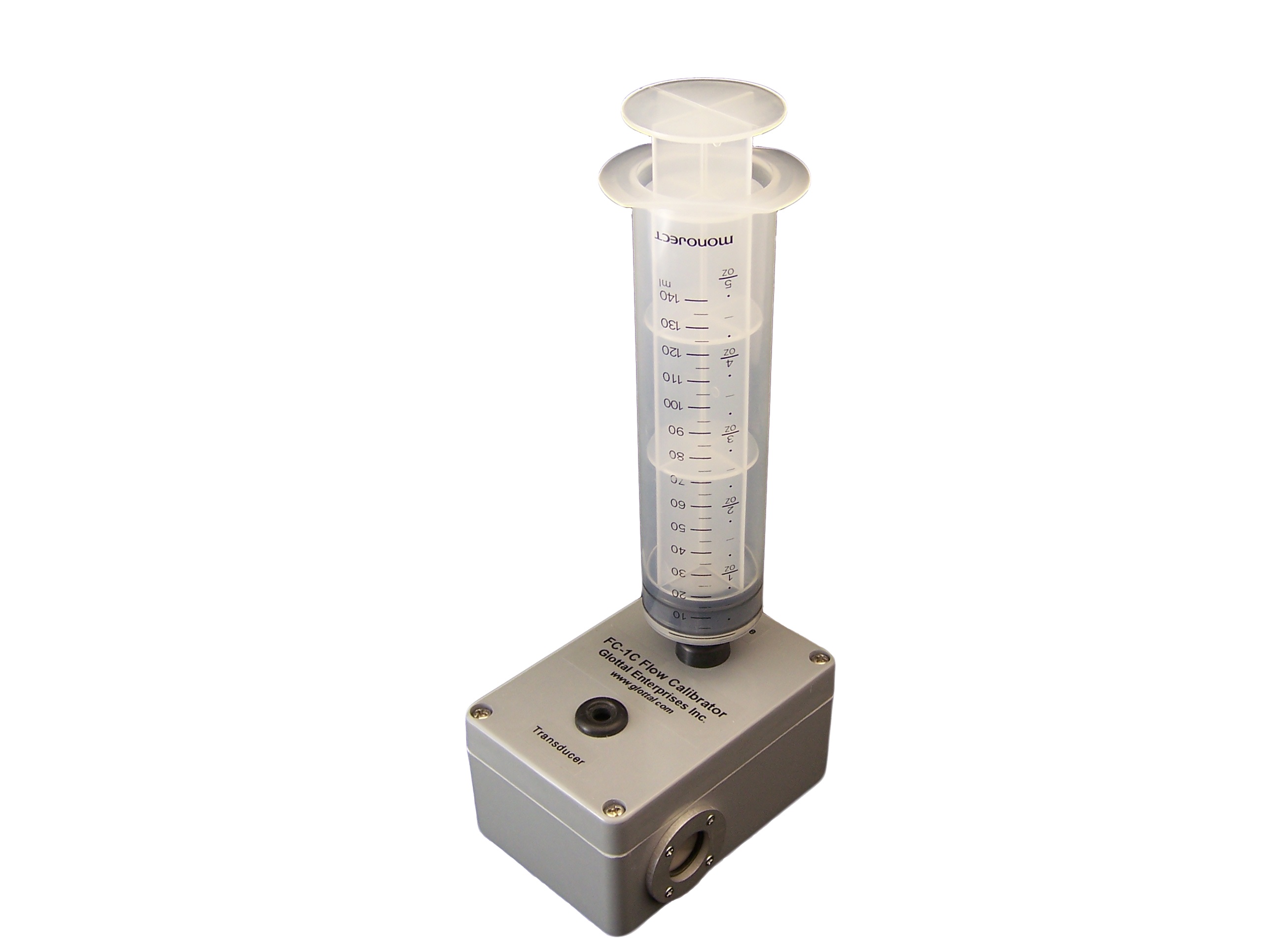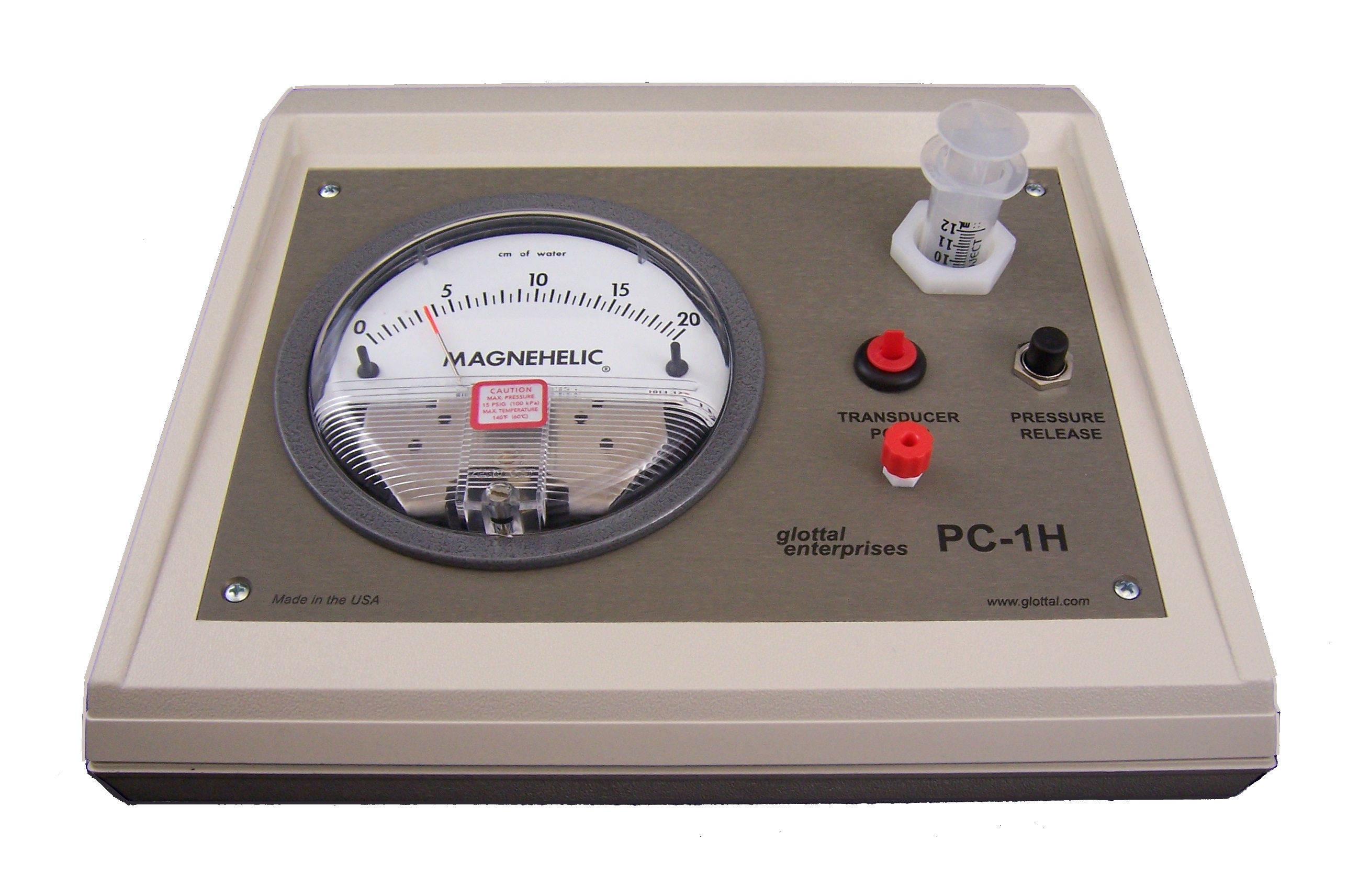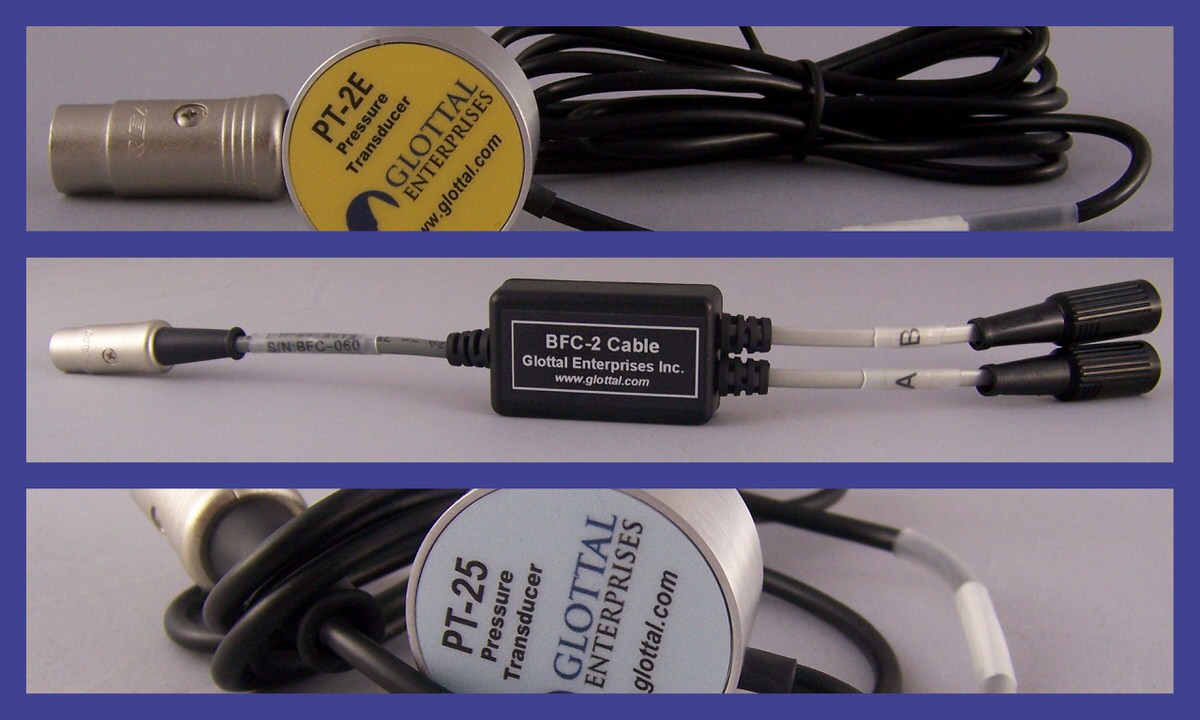The Aeroview System, comprised of both hardware and software, is compact, non-invasiveA non-invasive measurement is one that does not require the introduction of instruments into the body, extremely accurate and capable of recording oral airflow, nasal airflow, subglottal pressureSubglottal pressure, or Subglottic pressure, is the pressure that builds up beneath (“Sub-”) the vocal folds. The amount of subglottal pressure generated is determined by the airflow through the leakage of air between the vocal folds and the resistance to that flow and microphone data during speech. Using those recorded signals, Aeroview software can automatically calculate syllable rateSyllable rate is a measure of the number of syllables produced within a given amount of time. A common measure is that of syllables per second, glottal flow resistanceGlottal flow resistance is defined as the average pressure across the glottis divided by the average flow through the glottis. Generally only defined for voiced speech or singing, average subglottal pressureSubglottal pressure, or Subglottic pressure, is the pressure that builds up beneath (“Sub-”) the vocal folds. The amount of subglottal pressure generated is determined by the airflow through the leakage of air between the vocal folds and the resistance to that flow, oral and nasal airflow (volume and rate), pitchPitch is the perceived tone frequency of a sound in comparison with the perceptively best match with a pure sinusoid, vital capacityVital capacity is the greatest volume of air that can be expelled from the lungs after taking the deepest possible breath, and more.

As seen above, the system uses a handheld mask with transducers, a data acquisition box with USB interface, and software which can be run on any Windows PC or laptop. Acquiring data is easy: Your test subject vocalizesutter a sound or word into the mask, and data is recorded and immediately visualized onscreen by the software. As seen below, the user simply selects desired data, and Aeroview instantly performs your calculations. A key strength of the mask used is that it causes little to no distortion of the voice, so the subject’s speech may be simultaneously recorded by a microphone without affecting intelligibility.
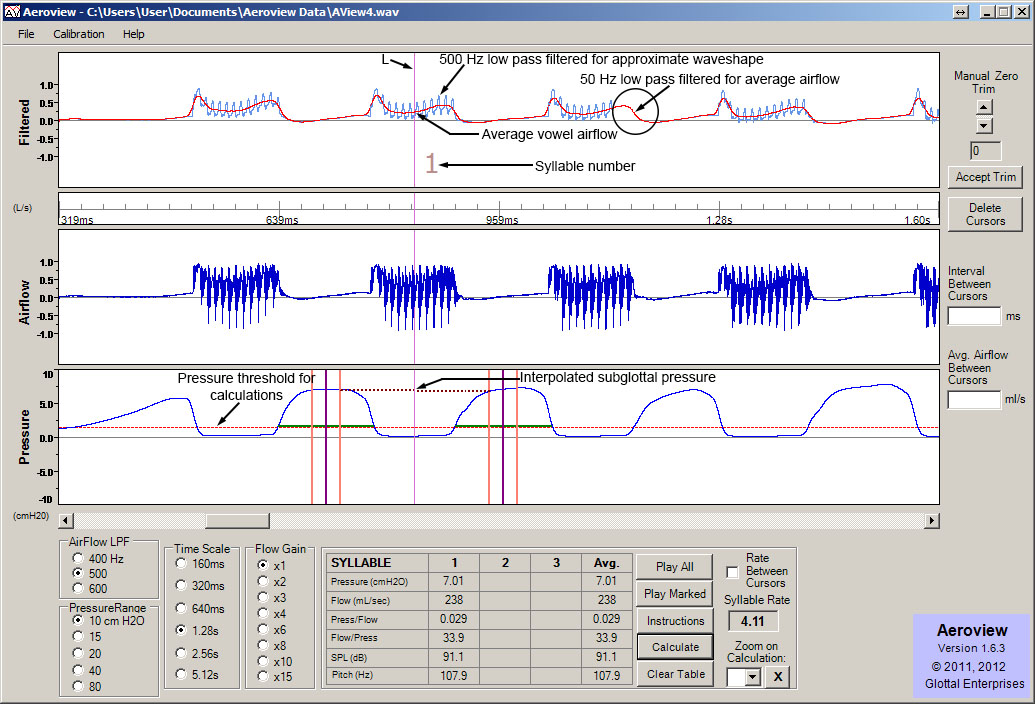
Aeroview’s most popular applications include: Phonation Threshold PressurePhonation Threshold Pressure refers to the minimum level of lung pressure needed to sustain vocal fold oscillation at a specific pitch measurement (also known as Collision Threshold PressurePhonation Threshold Pressure refers to the minimum level of lung pressure needed to sustain vocal fold oscillation at a specific pitch), finding glottal flow resistanceGlottal flow resistance is defined as the average pressure across the glottis divided by the average flow through the glottis. Generally only defined for voiced speech or singing, and voice fundamental frequencyThe Fundamental frequency is the inverse of the period of a periodic or quasi-periodic waveform. It is the lowest frequency, and generally the highest amplitude component, of all the individual harmonic sinusoidal waves that add up to create voice source in a Fourier analysis, it reflects the rate at which the vocal folds vibrate. Its psychological correlate is pitch studies.
What else is the Aeroview System capable of? Any speech or singing application that requires visualizing and comparing airflow data. Our engineers will work with you to ensure that you can easily collect the data that you need for your unique study. Airflow data is recorded in a standard, convenient .wav format. This allows you to import your data into other software packages if you’d like to.
An important feature of the Aeroview program is that the approximate syllable rateSyllable rate is a measure of the number of syllables produced within a given amount of time. A common measure is that of syllables per second is automatically computed by the program and displayed on-screen. This allows the user to eliminate syllable sequences which were pronounced outside the optimal 2.0/second to 3.5/second range. The Aeroview System is available as AeroviewPro and AeroviewPlus. AeroviewPro provides the standard measurements of phonatory aerodynamics, as described above. AeroviewPlus consists of the AeroviewPro system bundled with the Waveview program for obtaining the glottal waveform by inverse filtering.
The Aeroview System calculates the ‘average glottal flow resistance’ during vowel production, Rg, and its reciprocal, the ‘average glottal flow conductance’, Gg., using an automated factory-optimized algorithm. The average glottal airflow and interpolated subglottal pressureSubglottal pressure, or Subglottic pressure, is the pressure that builds up beneath (“Sub-”) the vocal folds. The amount of subglottal pressure generated is determined by the airflow through the leakage of air between the vocal folds and the resistance to that flow used in the calculation are also displayed. Aeroview is a natural complement to Waveview, our program for analyzing glottal airflow waveforms by means of inverse filtering. As with Waveview, we have kept the user interface simple and intuitive to make it useful for students as well as voice researchers. Lines on the Aeroview screen show the automated measurement procedure for each syllable measured, as in the above annotated figure, so that the user can easily spot measurement errors.
This product is for research and teaching purposes only. It is not a medical device. It is not intended to be used in the diagnosis, cure, treatment, mitigation or prevention of disease and it is not intended to affect the structure or function of the body.
| AeroviewPro (Phonatory Aerodynamics System) |
|
| AeroviewPlus |
|
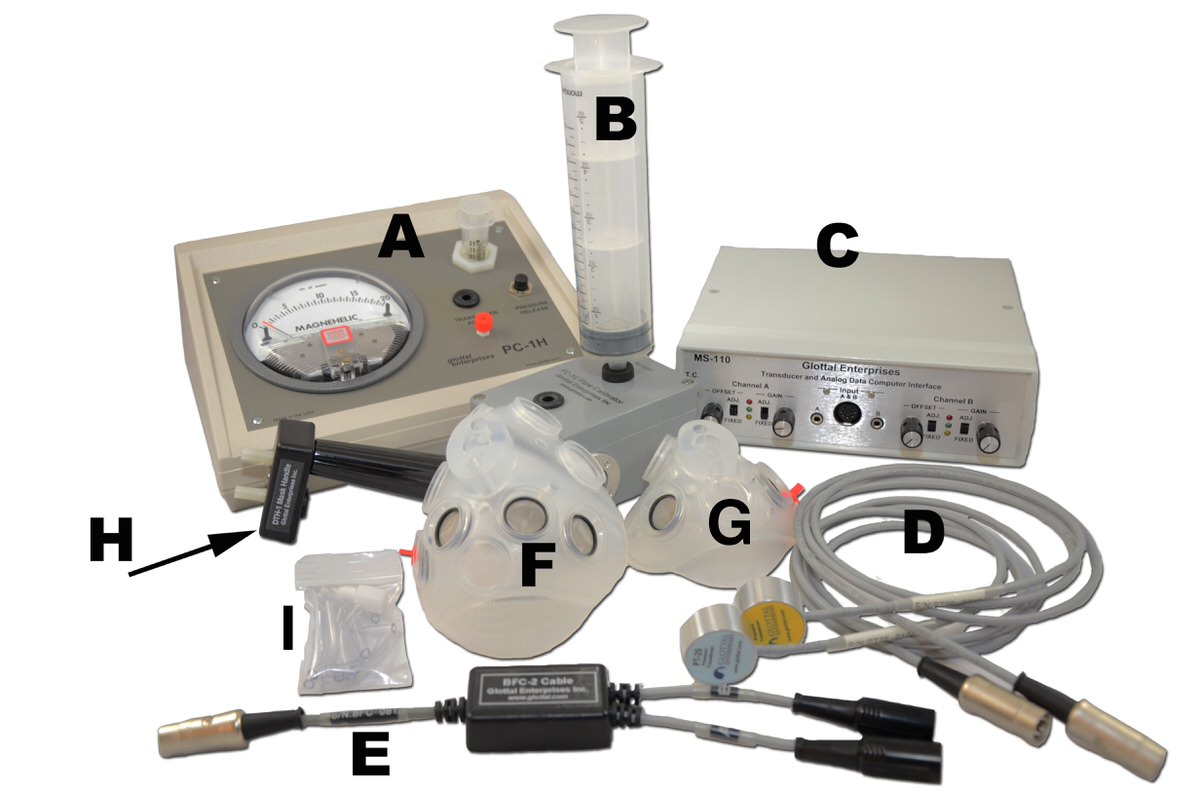
This product is for research and teaching purposes only. It is not a medical device. It is not intended to be used in the diagnosis, cure, treatment, mitigation or prevention of disease and it is not intended to affect the structure or function of the body.
1. How large is the system?
| The system has multiple components and will fit on a desk top. |
2. Can I use the Aeroview System with my PC? MAC? iPad? Laptop?
| Aeroview can be used on a desktop or laptop with Windows 10 or 11. Our software cannot be used on iOS, but it should function on a Mac running Windows OS. Tablets and smart phones are not supported. |
3. What kind of files does this system generate?
| Recorded data is saved as WAV. |
4. How is data recorded? How large?
| Data is sent to the computer via the MS-110 A/D converter USB port. Recorded files are in the 200kB-1MB range. |
5. Can I use my own DAQ system?
| Yes, by using the analog outputs of the MS-110 to the DAQ system of your choice. |
6. How accurately are airflow and air pressure measured?
| Measurements are within +/- 5%. |
7. Mask hygiene? How do I clean it?
| Our masks are medical grade silicon and can be autoclaved for sterilization. |
8. How do I get replacement or extra parts for my Aeroview System?
| All parts can be replaced through Glottal. Consumables such as the OPA tubes, mask plugs, and screen rings can be reordered as needed. |
9. Can it be used on children and infants?
| Yes. Our small mask is suitable for children. |
10. How do I get technical support?
| Call or email Glottal Enterprises and our team of engineers will assist you. |
11. Will the OroNasal mask acoustically distort the voice of my subjects during recording?
| Yes, negligibly (see our sound samples). The Glottal Enterprises OroNasal mask is specifically designed to minimize acoustic distortion which maximizes the intelligibility of the subject’s speech, especially when being recorded by an external microphone. |
12. How many channels of data can this system record?
| The MS-110 can record 2 channels of data. The software presents a third channel—the audio is derived from the airflow data. |
13. Can I also acquire signals from another source such as a microphone with this system?
| Yes. Any line-level signal may be passed through the MS-110 to be recorded, such as a microphone signal accompanying the airflow or air pressure signal. |
14. How long can my recordings be?
| The recording length is capped at 20 seconds. |
